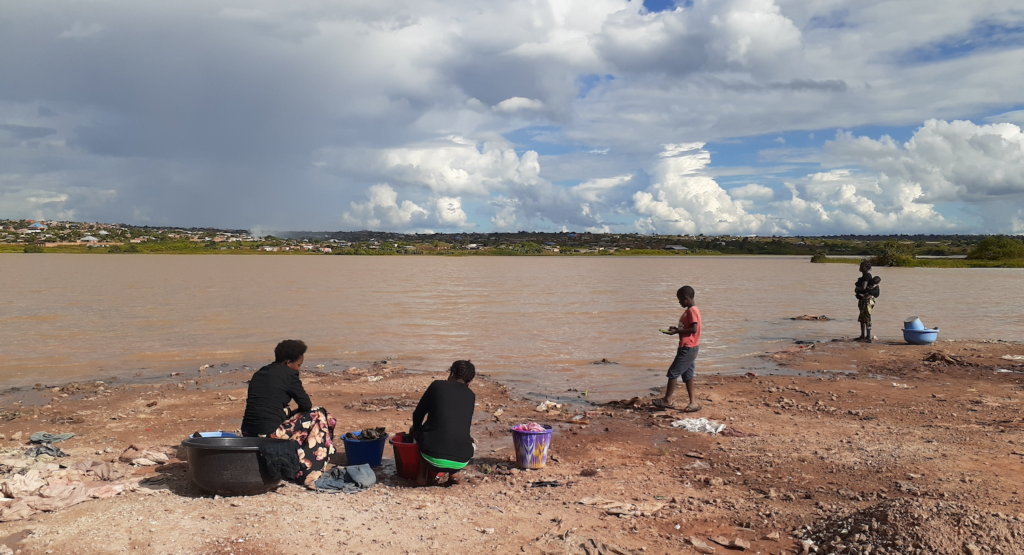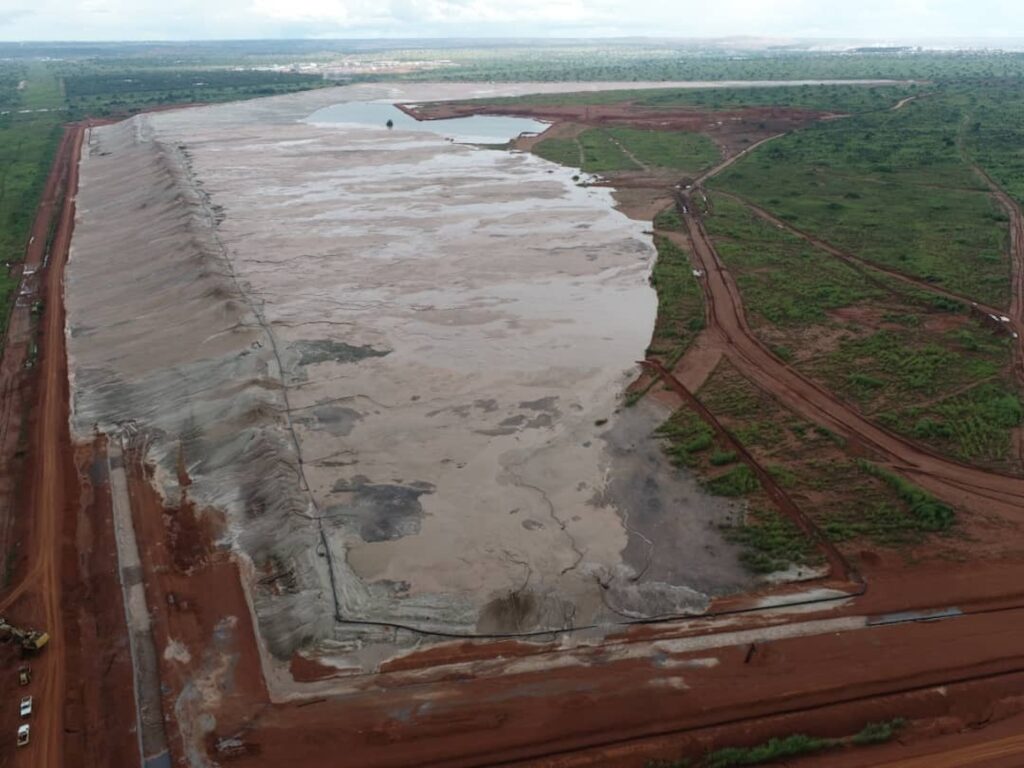Rights and Accountability in Development (RAID) has made a submission to the UN Special Rapporteur on the human right to a clean, healthy and sustainable environment, highlighting systemic failures in how Environmental Impact Assessments (EIAs) are carried out and enforced in the Democratic Republic of Congo’s (DRC) copper-cobalt mining region.
Our submission seeks to inform the Special Rapporteur’s upcoming report on EIAs to be submitted to the United Nations General Assembly. The issue has become increasingly urgent as global demand for critical minerals surges for use in renewable technology and electric car batteries. Cobalt, which is found primarily in the DRC, alongside copper, is critical to powering the green energy transition, yet its extraction has caused widespread environmental harm and serious consequences for the health and livelihoods of local communities.
This submission draws on our 2024 investigation – titled Beneath the Green – alongside Congolese NGO African Resources Watch (AFREWATCH), which exposed the harmful impacts of water pollution from DRC’s industrial copper-cobalt mining on fenceline communities. Residents told us that the toxic contamination from copper-cobalt mines is affecting both their health and local ecosystems.
Although DRC’s mining laws have been reformed in recent years – including a 2018 overhaul of the requirement that companies produce an EIA at the start of a project and every five years – serious implementation failures remain. These gaps undermine community rights and weaken environmental protections.
Some of the problems we have noted in our research include the following:
1. Lack of Transparency:
Public disclosure of EIAs remains flawed, and both companies and state regulators exploit vague provisions to evade publication. For instance, companies often refuse to disclose their EIAs until after they have been approved by state agencies, while declining to share previous assessments on the basis that they have become out-of-date. Meanwhile, state agencies rarely produce the required summaries of EIAs, and it is almost impossible to find an EIA summary on government websites.
2. Tensions and resource gaps hamper enforcement of EIAs:
A serious lack of technical expertise and equipment means that state regulators lack the tools and training to monitor pollution. In some cases, officials rely on their sight and sense of smell to assess environmental harm. A 2023 review on environmental and social compliance in the DRC’s mining sector found that 75 out of 93 companies had no environmental and social management plan. In addition, the three regulators responsible for enforcement have strained and often ineffective coordination, stemming from vague definitions of their roles in the mining legislation. They are required to conduct tripartite missions, but these are rarely done.
3. Communities are consulted, but are not heard:
Although communities are nominally consulted, their concerns are frequently ignored. Residents who report pollution, including specific incidents, or who request environmental monitoring data receive vague or dismissive responses. Notably, despite widespread evidence of adverse environmental impacts on women’s gynaecological and reproductive health, these harms are consistently absent from EIAs and other due diligence processes.

Women wash clothes at the Golf Lake near the COMMUS copper-cobalt mine ©2023 RAID
RAID’s recommendations
In our submission, we urge the UN Special Rapporteur to press for stronger protections and genuine accountability through a country visit or official communication. We specifically recommend that states, including the DRC:
- Mandate timely and public disclosure of EIAs, with opportunities for affected communities to review and comment.
- Develop safeguards against conflicts of interest, and set minimum competence standards for EIA regulators.
- Ensure EIAs include gender-specific environmental impacts, with clear guidance for companies on how to address them.
- Strengthen national regulatory bodies, with proper funding, training, and capacity to review and monitor EIAs.
- Align environmental policy across legal and institutional frameworks, ensuring consistency and accountability.
Read our full submission here.
Featured image: A view of the wastewater spill after the tailings at the Metalkol copper-cobalt mine ruptured. Credit: anonymous

